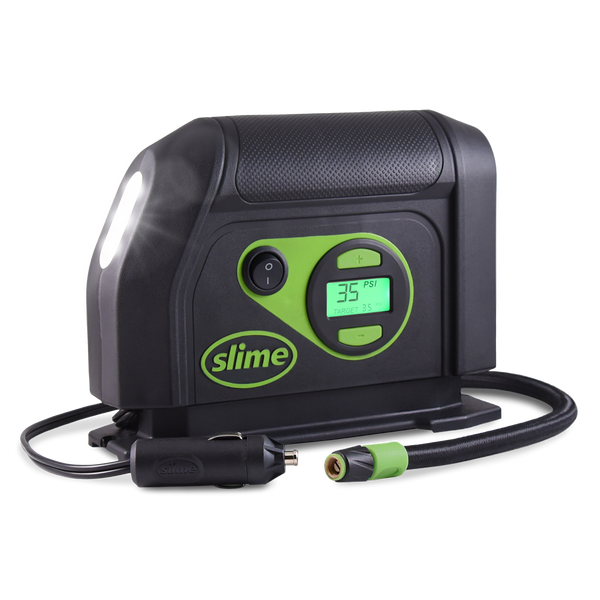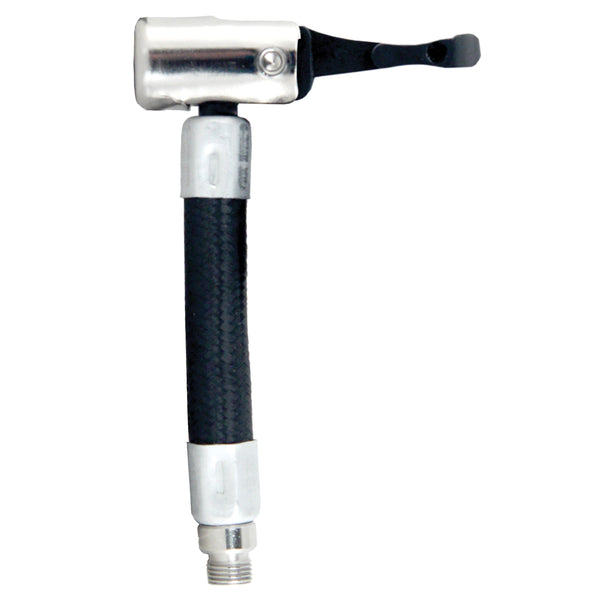First, what car is this? This seems wrong.The door says 19 psi…
I am putting in 37 front, 44 rear…
And then why such a HUGE difference?
First, what car is this? This seems wrong.The door says 19 psi…
I am putting in 37 front, 44 rear…
From what I saw online the rec tire pressure on the earlier smart fortwo was 26-29 front, 32-36 rear psigLooks like the VW beetle spec'd 19psi and his size is a common one used on that car. Of course the bug wasn't fast, and weighed ~1,700lbs.
Only car I could find with a quick google that spec'd 19psi was the original VW Beetle and the sizes he mentioned appear to be commonly used on it? But as I noted, that car only weighs 1,700lbs.First, what car is this? This seems wrong.
And then why such a HUGE difference?
My ex did have one of those and it was a solid, but tiny ride. Since it had no usable room for a spare I came up with a repair kit for her to keep onboard. Consisted of a piece of bubble gum to patch any leaks and a straw to inflate it, lmaoa...From what I saw online the rec tire pressure on the earlier smart fortwo was 26-29 front, 32-36 rear psig
Maybe it was 199kPa and Matt saw it as 19.
O.K. - I hate this saying but - "Picture or it didn't happen!
We have the top line "X" with the 18" wheels but the standard 17" specs 35 psi. I tried 35 but 38 is better at least to me. I do hear what you are saying.Even wear doesn't mean it's optimum. More pressure translates to less traction,
longer stopping distances, more suspension wear and weaker ride.
Again, why? No handling problems doesn't mean handling isn't worse.
Which it most definitely is.
.
I would like to see the actual door tag from the member with the 19psi pressure" Did we consider it may have been a miss printed tag? If so the tag itself may be something of a novelty to remove and keep?Only car I could find with a quick google that spec'd 19psi was the original VW Beetle and the sizes he mentioned appear to be commonly used on it? But as I noted, that car only weighs 1,700lbs.

 shop.slime.com
shop.slime.com

 shop.slime.com
shop.slime.com
My other car is a 2002 Saturn SL2, with a manual tranemission, and 5th gear swap…
The .730 gear was replaced with a .605…
Dropped the RPM’s by 1000,…
Car is used for highway driving, the Smart is a grocery getter and errand runner…
TES-295 in the transmission instead of Dexron III…
Mobil 1 ESP 0W-30 in the oil pan, 44 MPG…
So your saying you run 75 psi? I can only imagine how that must feel, my Sierra calls for 50 psi and that is one bouncy ride in the rear, I have them at 45 psi which smooths it out some.I go by the tire sidewall. Once the factory tires wear out the trucks and SUVs get E load rated tires, usually run the 5 Lbs under max, which is usually a good deal higher than the TPMS is set for.
Should have said "D" tires, not ESo your saying you run 75 psi? I can only imagine how that must feel, my Sierra calls for 50 psi and that is one bouncy ride in the rear, I have them at 45 psi which smooths it out some.
Tires are Cooper AT3 LT225/75R16
Matt, we need a photo of your vehicle load and tire pressure label on your door jamb.On my Smart, the door label pressure resulted in cupping of the front tires, the outside edge wore out before the center.
Adding 4-5 psi eliminated the cupping…
